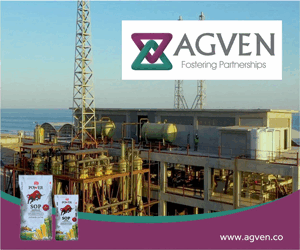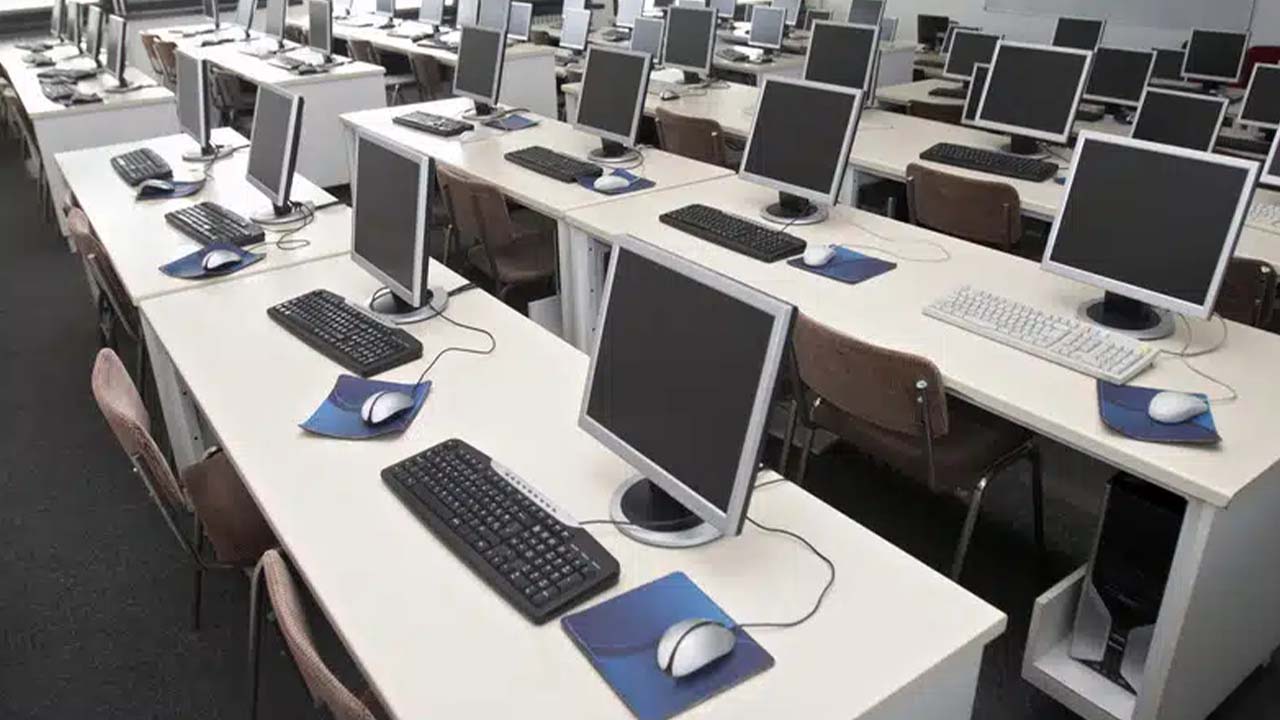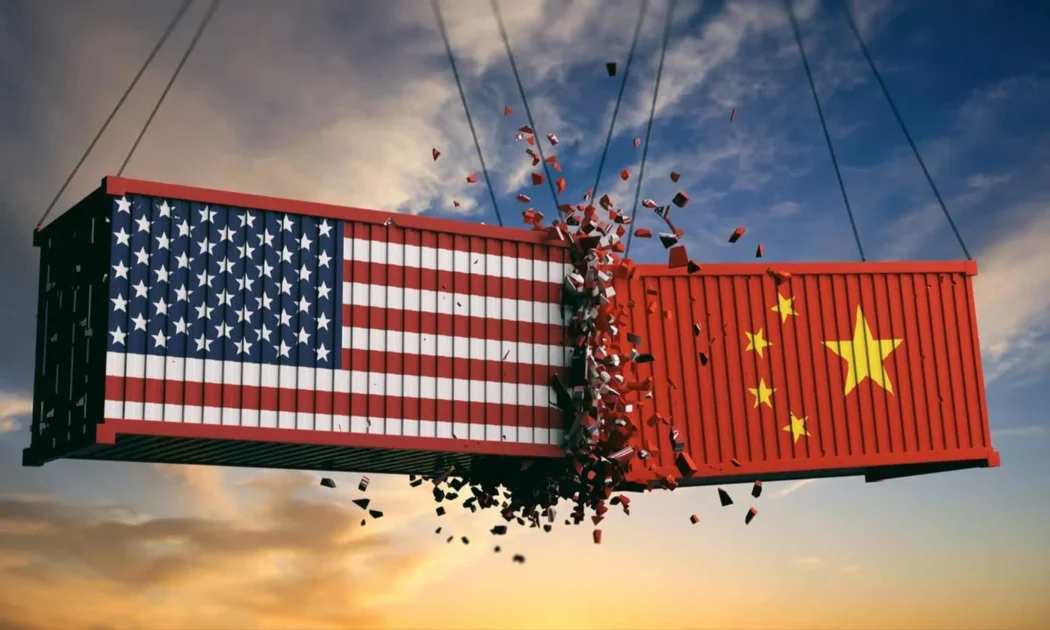- Syed Raza Hassan
- 40 Minutes ago

The Middle East crisis: is Pakistan prepared for the risks?
-

- Afshan Subohi
- Apr 24, 2024

The ongoing debate over whether geographical dividends outweigh the associated losses may persist, but currently, Pakistan appears to be re-emerging again as a regional pivot, situated adjacent to the volatile Middle East. The question arises: Is this development ultimately beneficial or detrimental? Moreover, does the current government possess the necessary tools to effectively leverage the situation for the betterment of the nation and its citizens?
Without a meticulously crafted expert-informed strategy, with inputs of private sector, harnessing the full potential of the presented opportunity becomes difficult to envision.
The reassuring response from the IMF regarding the forthcoming larger and longer programme, coupled with back-to-back visits from dignitaries of Saudi Arabia and Iran, both expressing commitments to invest and enhance trade ties, alongside renewed assurance from China to accelerate progress on the second phase of CPEC, despite security challenges, presents an extra ordinary confluence of events within just a month. Even when setting aside other concurrent developments, it’s difficult to view this as mere routine.
The capital market is currently in jubilation, propelling the Pakistan Stock Exchange KSE Index to an all-time high of over 71,000 points. Despite the documented vulnerability of Pakistan’s external sector to potential oil price shocks, the rupee remains resilient. Locally, investors are visibly excited as the government initiates the next major round of privatisation and collaborations. Additionally, recent public relief measures by provincial governments (cheaper bread in all provinces and free bus rides on dedicated ladies’ buses for two months in Sindh), though symbolic, reflect the government’s intent for restoring the nation’s confidence and expanding the sphere of positivity.
To promote growth, government policies should be consistent and predictable, simplifying the tax system and clarifying regulatory boundaries between the central and provincial authorities.
Jalil Abbas Jilani, former Caretaker Foreign Minister and Ambassador to the US, was unequivocal in his response when approached for comments. “There are no external factors influencing closer economic ties between Pakistan, Saudi Arabia, Iran and China. Pakistan maintains several layers of cooperative relations with these countries. In 2019, Saudi Arabia committed to investing $25 billion, followed by an additional $10 billion in 2021. However, previous commitments couldn’t materialise due to internal political uncertainty and bureaucratic hurdles. To expedite investment, Special Investment Facilitation Council (SIFC) was established in 2023. As a result, high-powered delegations from Saudi Arabia have been visiting Pakistan to finalise these agreements.
“With China our strategic relations have expanded to encompass greater economic cooperation. CPEC was and remains the anchor around which stronger economic ties are being forged. We have already initiated the second phase of CPEC. Our focus will now extend to upgrading of railways, cooperation in agriculture and space technology.
“Iran is a neighbour with whom we share 1000 KM long border. We have developed cooperative mechanisms to boost trade, such as establishing border markets and pursuing the Iran Pakistan gas pipeline project. Our trade volume would have been significantly higher if Iran was not under US sanctions.”
An economist from Islamabad, had a different opinion. He insisted that the rediscovery of Pakistan by Middle Eastern nations and international financial institutions as a potent partner is rooted in the external factors.
“Pakistan’s economic potential remains stifled by excessive regulation and a volatile policy landscape. Despite the National Tariff Policy 2019-24 assurance against tariff-based revenue generation, the imposition of a 25 per cent regulatory duty on various items in 2023 illustrates inconsistency. This trend, like alternating between importing and sourcing locally or fluctuating duties, foster rent-seeking behaviour at the expense of consumers. To promote growth, government policies should be consistent and predictable, simplifying the tax system and clarifying regulatory boundaries between the central and provincial authorities.
Pakistan has showcased its knack for defying expectations, even catching itself off guard. The world and internal critics alike were baffled by Pakistan’s handling of the Covid pandemic. With favourable conditions, the nation’s latent potential could resurface once more.
“In 1960s, Pakistan embraced a protectionist and import substitution policy, characterised by high tariff, non-tariff barriers and financial incentives. While initially beneficial, this regime also fostered rent seeking behaviour in the business community, persisting to this day. It distorted the market and encouraged excessive investment in consumer goods over capital formation.
“Nationalisation in 1972, expanded government control, stifling competition. The legal framework at the time exempted state-owned enterprises from competition regulations. Despite reforms since the late 1980s, government influence persists in vital sectors like transportation and energy. In 2020, the government’s economic presence stood at 67 per cent. Protectionist policies in the 1990s and 2000s saw industries benefiting from substantial subsidies, while rent-seeking costs ranged from 0.3 to 1.9 per cent of the GDP annually.
The economy has struggled to diversify products or markets, with limited investment and new players entering the market due to persistent macroeconomic imbalances, inadequate infrastructure, and low domestic savings,” stated the economist.
Musadaq Zulqarnain, a prominent businessman, highlights the multifaceted attention Pakistan receives, attributing it to both internal and external factors. “While the IMF and development institutions aim to prevent a country as significant as Pakistan from failing, both the US and China are keen to maintain influence cautiously.
Potential from the Middle East is primarily driven by commercial interests, focusing on purchasing existing assets, mining and corporate agriculture. However, foreign direct investment in industries, especially export-oriented ones, can only materialise if the cost and ease of doing business improves.”
Pakistan has showcased its knack for defying expectations, even catching itself off guard. The world and internal critics alike were baffled by Pakistan’s handling of the Covid pandemic. With favourable conditions, the nation’s latent potential could resurface once more. Already, markets seem to be picking on positive signals and responding,” expressed an incorrigible optimist.
“The pace of events in the new world, compounded by the influence of social media, is perhaps too rapid for even the most advanced nations to fully grasp. Over the past two decades, we have witnessed them scrambling to adjusting post-events rather than pre-emptively introducing measures to mitigate the adverse fallouts of emerging challenges. Major events like 2017 financial crisis, Brexit, and Covid serve as glaring examples of the world being caught off guard,” stated another expert.
“Expecting Pakistan, burdened by lethargy of an oversized bureaucracy among other factors, to wield significant leverage is unrealistic”, countered another analyst. “However, this doesn’t imply that Pakistan should cease its efforts but should persist in trying to navigate these complexities.”
(The writer can be reached at asubohi@hotmail.com).




